Analysis and interpretation of radiometric data transmitted by interplanetary probes, definition of requirements for future deep-space missions, software support for radio science experiments.
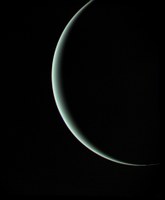
The Uranus Orbiter and Probe mission concept aims to explore the ice giant Uranus, a planet largely unexplored since the Voyager 2 flyby in 1986. This mission would include an orbiter to study the planet, its rings, magnetosphere, and moons over an extended period, along with a probe to descend into Uranus's atmosphere to gather data on its composition, temperature, and dynamics. Insights from this mission could shed light on the formation of ice giants, the structure of Uranus's unique atmosphere, and the mysterious, tilted magnetic field, deepening our understanding of these distant, enigmatic planets.
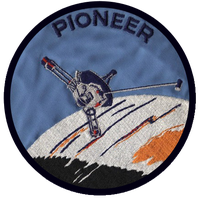
The Pioneer 10 and Pioneer 11 probes, launched by NASA in 1972 and 1973 respectively, were groundbreaking missions aimed at exploring Jupiter, Saturn, and beyond. Pioneer 10 was the first spacecraft to cross the asteroid belt and perform a flyby of Jupiter, providing detailed images and data about the gas giant. Pioneer 11 followed, conducting a close encounter with both Jupiter and Saturn, marking the first direct exploration of Saturn. Both missions paved the way for future deep-space exploration and provided valuable insights into the outer solar system.
The so-called “Pioneer Anomaly” is an acceleration that causes the Pioneer probes to travel away from the Sun faster than predicted. The work done by the Forlì team suggests that the anomaly can be explained by the anisotropy in the thermal emission of the probe itself rather than by physics phenomena yet to be discovered.
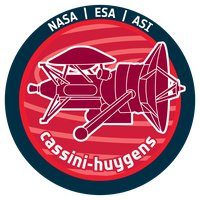
The team has been involved since 2001 in the analysis of Doppler data from Cassini, in order to carry out experiments regarding general relativity and gravimetry studies of Saturn and its major rocky moons, including Titan. A significant result has been achieved in the understanding of how numerical errors affect the accuracy of the orbit determination process.
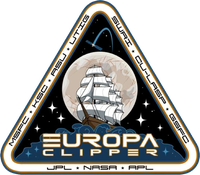
The Europa Clipper mission is set to explore Jupiter’s icy moon Europa. Launched on Oct 14, 2024, this mission aims to investigate Europa's potential habitability by studying its ice shell, subsurface ocean, and surface composition. Equipped with a suite of scientific instruments, Europa Clipper will conduct multiple flybys, collecting high-resolution data on Europa's icy surface, geology, and potential water plumes. This mission seeks to unlock clues about the potential for life beyond Earth and the processes shaping icy worlds in the solar system.
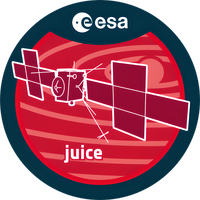
ESA just selected JUICE (formerly LAPLACE and EJSM, now Jupiter Icy moon Explorer) as its new large-class mission for the Cosmic Vision program, expecting the launch for 2022. The lab is part of the Joint Science Definition Team for this mission.

The Galileo mission, launched by NASA in 1989, was the first spacecraft to orbit Jupiter, providing groundbreaking insights into the giant planet and its moons. Over nearly eight years in orbit, Galileo made close observations of Jupiter’s atmosphere, magnetosphere, and four largest moons: Io, Europa, Ganymede, and Callisto. Key findings included evidence of subsurface oceans on Europa, intense volcanic activity on Io, and a possible magnetic field on Ganymede. Galileo’s discoveries transformed our understanding of Jupiter's complex system and laid the groundwork for future missions to the outer solar system.
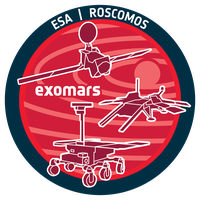
The ExoMars program is a joint initiative by the European Space Agency (ESA) and the Russian space agency Roscosmos, aimed at investigating the potential for past or present life on Mars. The program consists of two main missions: the first, launched in 2016, included the Trace Gas Orbiter (TGO), which is studying the Martian atmosphere and detecting trace gases, particularly methane. The second mission, scheduled for launch in 2028, will deploy the Rosalind Franklin rover, equipped with advanced scientific instruments to search for signs of life, analyze soil samples, and drill beneath the surface. Together, these missions aim to enhance our understanding of Mars's geology, climate, and the planet's capacity to support life.
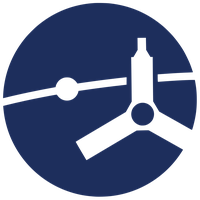
The NASA/ASI probe Juno is currently cruising towards Jupiter. The Forlì team will support the gravimetry radio science experiment providing the transmission media noise (plasma and atmospheric) removal algorithm, and by conducting orbit determination analyses.
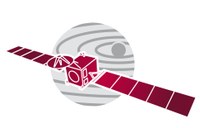
The Rosetta mission, launched by the European Space Agency (ESA) in 2004, was a groundbreaking endeavor to study a comet up close. It made history by becoming the first spacecraft to orbit a comet (67P/Churyumov-Gerasimenko) and deploy a lander (Philae) onto its surface in 2014. Rosetta’s objectives included investigating the comet's composition, structure, and activity, as well as understanding the role of comets in the solar system's evolution. The mission provided invaluable data about the presence of water and organic molecules in the comet, shedding light on the origins of the solar system and the potential for life. Rosetta concluded its mission in 2016, having significantly advanced our knowledge of cometary science.
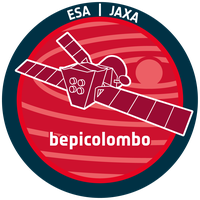
BepiColombo is an ambitious mission to Mercury, expected to achieve range accuracies smaller than 20 cm. In the framework of a partnership with ASI and other universities, the lab is developing a pre-processing routine for the removal of noise signals due to solar plasma and Earth’s atmosphere. Furthermore, the team is involved in the Mercury rotation experiment, based on an optical survey of the planet. The information content of surface pictures will be maximized by choosing the locations to be photographed with a genetic algorithm currently under development. Our lab is also in charge of the definition of a data exchange standard among the agencies involved in the mission, including the programming of reading/writing routines.
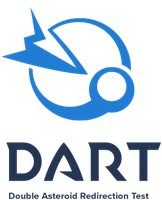
The AIDA mission is a project which will demonstrate the kinetic effects of crashing an impactor spacecraft into an asteroid. The mission is intended to test and validate impact models of whether a spacecraft could successfully deflect an asteroid on a collision course with Earth. The project will joint efforts from NASA and ESA. A large US impactor called Double Asteroid Redirection Test (DART) will crash on Didymos B in late 2022 while the Italian cubesat LICIACube will withness the event and observe the immediate effects of the impact. ESA's orbiter, Hera and the two cubesats Juventas and APEX will reach the Didymos system two years later to orbit the asteroid moon and study the crater.
Discover more: ASI LICIACube, HERA
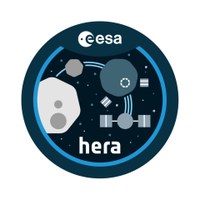
The Hera mission, led by the European Space Agency (ESA), is designed to follow NASA's DART (Double Asteroid Redirection Test) mission, which aims to test asteroid deflection techniques. Scheduled for launch in 2024, Hera will travel to the binary asteroid system Didymos, specifically focusing on its smaller moonlet, Dimorphos, which was impacted by DART. The mission's objectives include characterizing the physical and compositional properties of Dimorphos, studying the impact crater created by DART, and measuring the resulting changes in the moonlet’s orbit. By gathering detailed data, Hera will provide valuable insights into planetary defense strategies and improve our understanding of the dynamics of binary asteroid systems.
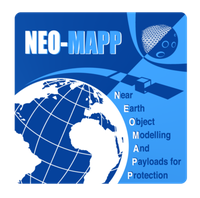
NEO-MAPP is a European research initiative funded by the Horizon 2020 program, focused on enhancing our ability to understand and mitigate the potential hazards posed by Near-Earth Objects (NEOs). Launched in 2020, the project brings together experts in planetary defense, space science, and mission design to develop models, technologies, and instruments for studying NEOs. NEO-MAPP supports missions like Hera, which will investigate the effects of NASA’s DART impact on the asteroid Dimorphos. This research is vital for advancing NEO deflection techniques and improving risk assessment and impact prediction capabilities for planetary defense.
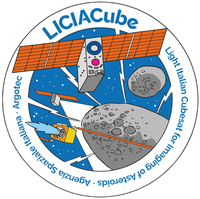
LICIACube is an Italian CubeSat developed by the Italian Space Agency (ASI) and launched in 2021 as part of NASA’s DART (Double Asteroid Redirection Test) mission. It is the first autonomous Italian deep-space mission. LICIACube's primary role was to capture images of the DART impact on the asteroid Dimorphos and to document the resulting debris ejection. By flying past Dimorphos just minutes after DART’s impact, LICIACube gathered critical data that helps scientists study the effects of asteroid deflection, an important step for future planetary defense strategies.
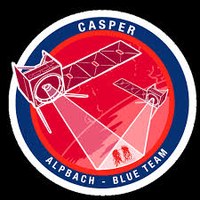
CASPER is a proposed mission utilizing a CubeSat platform to investigate astrobiological and planetary science questions within our solar system. The mission aims to conduct research on habitability and the potential for life on various celestial bodies by employing advanced instruments for remote sensing, spectroscopy, and environmental monitoring. CASPER is designed to gather data on planetary atmospheres, surface compositions, and the presence of organic materials, contributing valuable insights into the origins and evolution of life. By leveraging the cost-effective nature of CubeSats, CASPER hopes to facilitate more frequent and diverse exploratory missions, enhancing our understanding of astrobiology in the solar system.

LUMIO is a proposed mission aimed at studying the lunar surface and its interactions with cosmic impacts, particularly focusing on the luminescence effects generated by meteorite collisions on the Moon. This innovative mission seeks to deploy a small satellite equipped with advanced optical and imaging instruments to monitor and analyze light emissions resulting from impacts. By capturing these luminescence events, LUMIO aims to provide insights into the Moon's geological history, surface properties, and the frequency and effects of impacts on its surface. The data gathered by LUMIO will enhance our understanding of lunar dynamics and contribute to broader planetary science and exploration efforts.
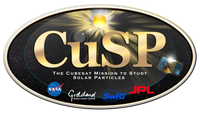
CUSP is a nanosatellite spacecraft designed to study the dynamic particles and magnetic fields flowing from the Sun. CuSP is a low-cost 6U CubeSat that, once deployed, will orbit the Sun, measuring the radiation that generates a wide range of effects on Earth, from simple radio interference to failures in satellite electronics. The principal investigator for CuSP is Mihir Desai at the Southwest Research Institute in San Antonio, Texas.
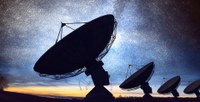
The lab, as a subcontractor of the DIAA department from University of Rome “la Sapienza” within an ESA tender, participated in the development of a code aimed to determine the angular position of a probe flying through the solar system, by means of a correlation between radio signals transmitted by probes and natural sources and received simultaneously by two separate tracking stations on Earth. The code has been validated successfully by ESA-ESOC’s Flight Dynamics team during the 2005 Venus Express orbit injection maneuver.
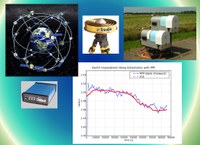
Earth’s troposphere contains water vapor, which causes, due to refraction, a path delay in radio waves traveling through the atmosphere. This delay is a noise source that reduce the accuracy of range and Doppler data used for deep-space orbit determination. The team is developing a code that estimates the tropospheric path delay affecting a “rover” GPS receiver (placed nearby the deep-space tracking antenna) by integrating its measurements into a global network of geodetic GNSS receivers (IGS). The same physical quantity can be retrieved by dedicated instruments called Microwave Radiometers: the lab joined a study aimed to the definition of a new generation radiometer capable to achieve high levels of accuracy and temporal stability of the path delay time series.